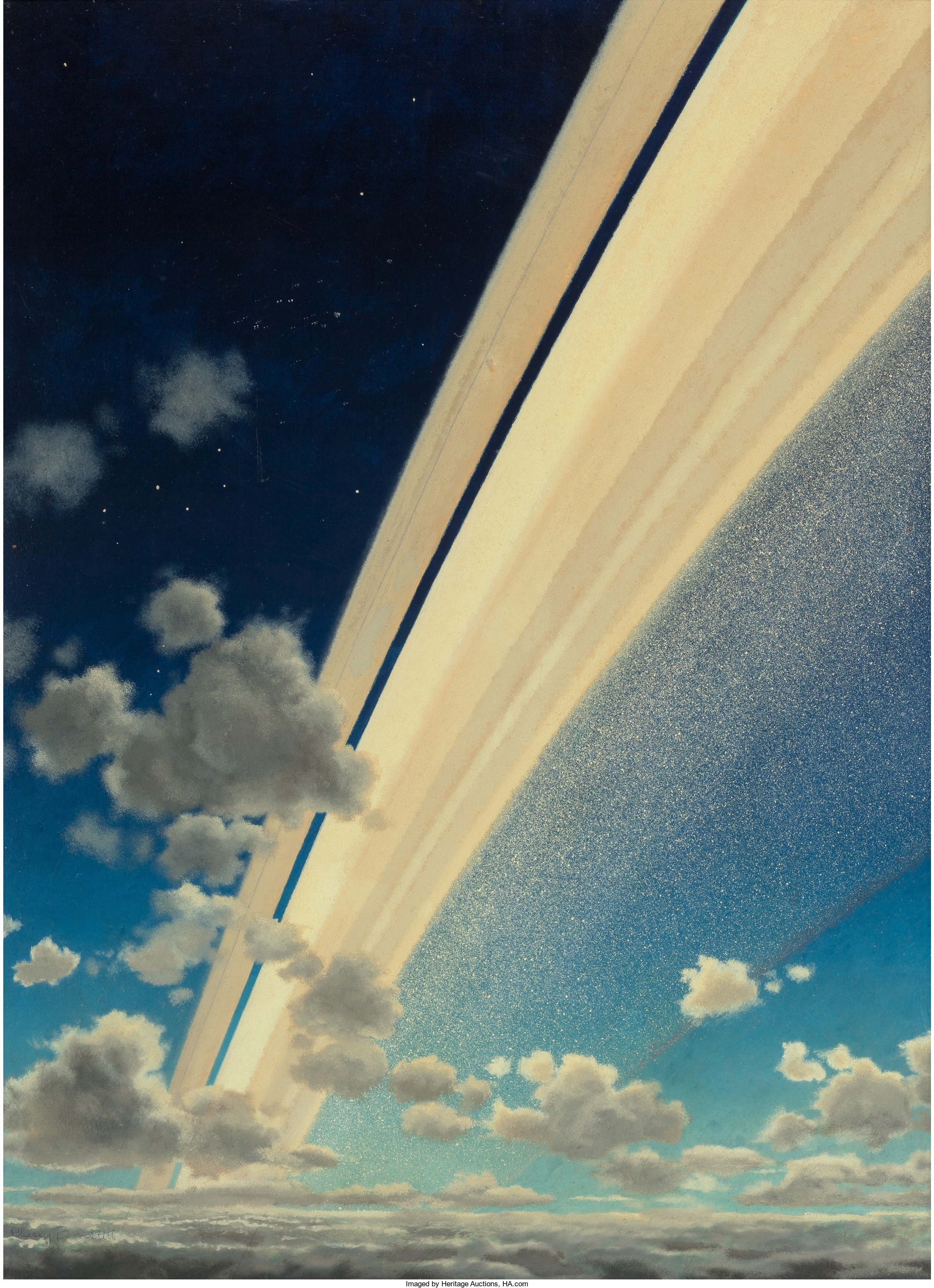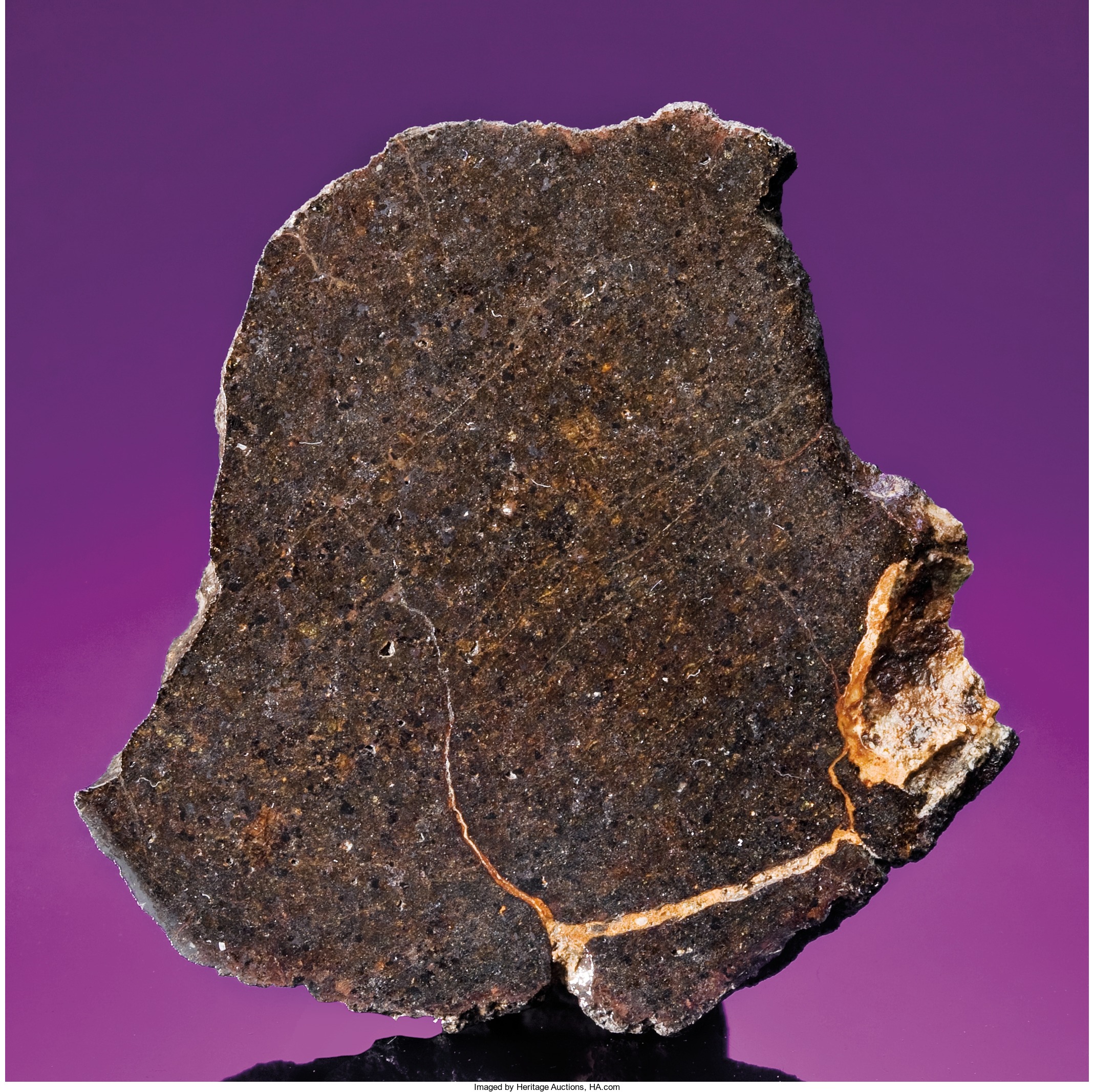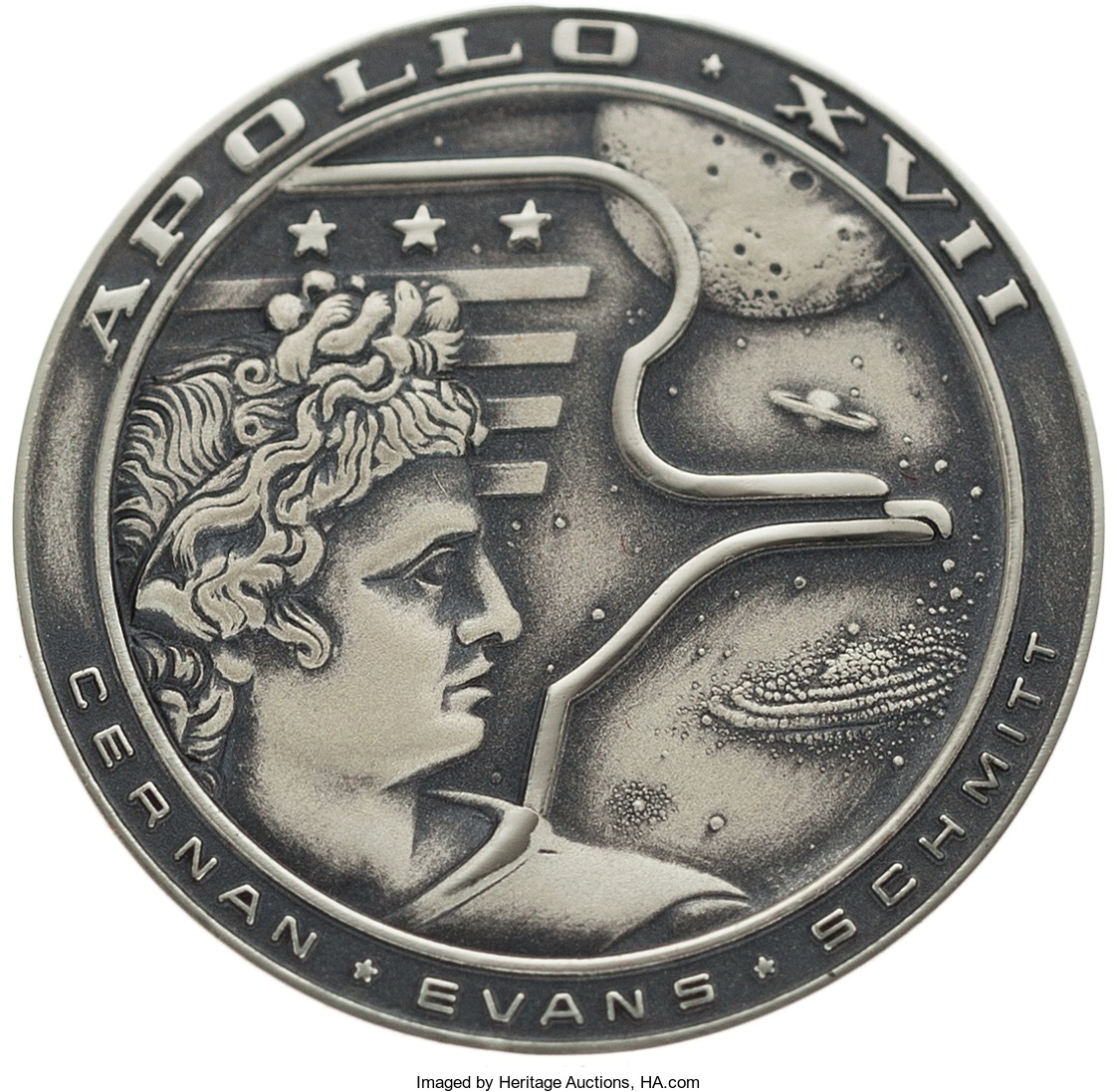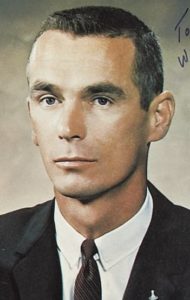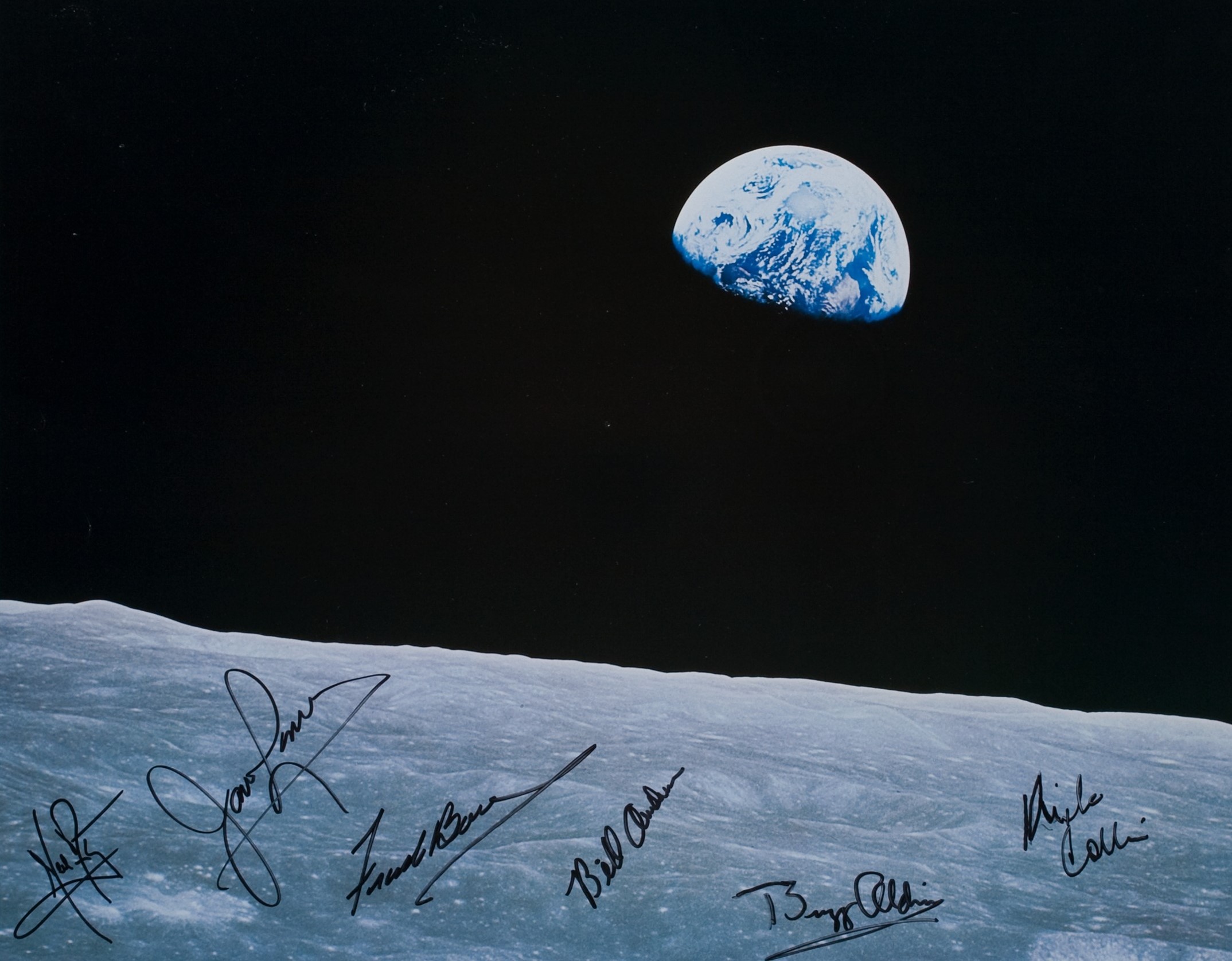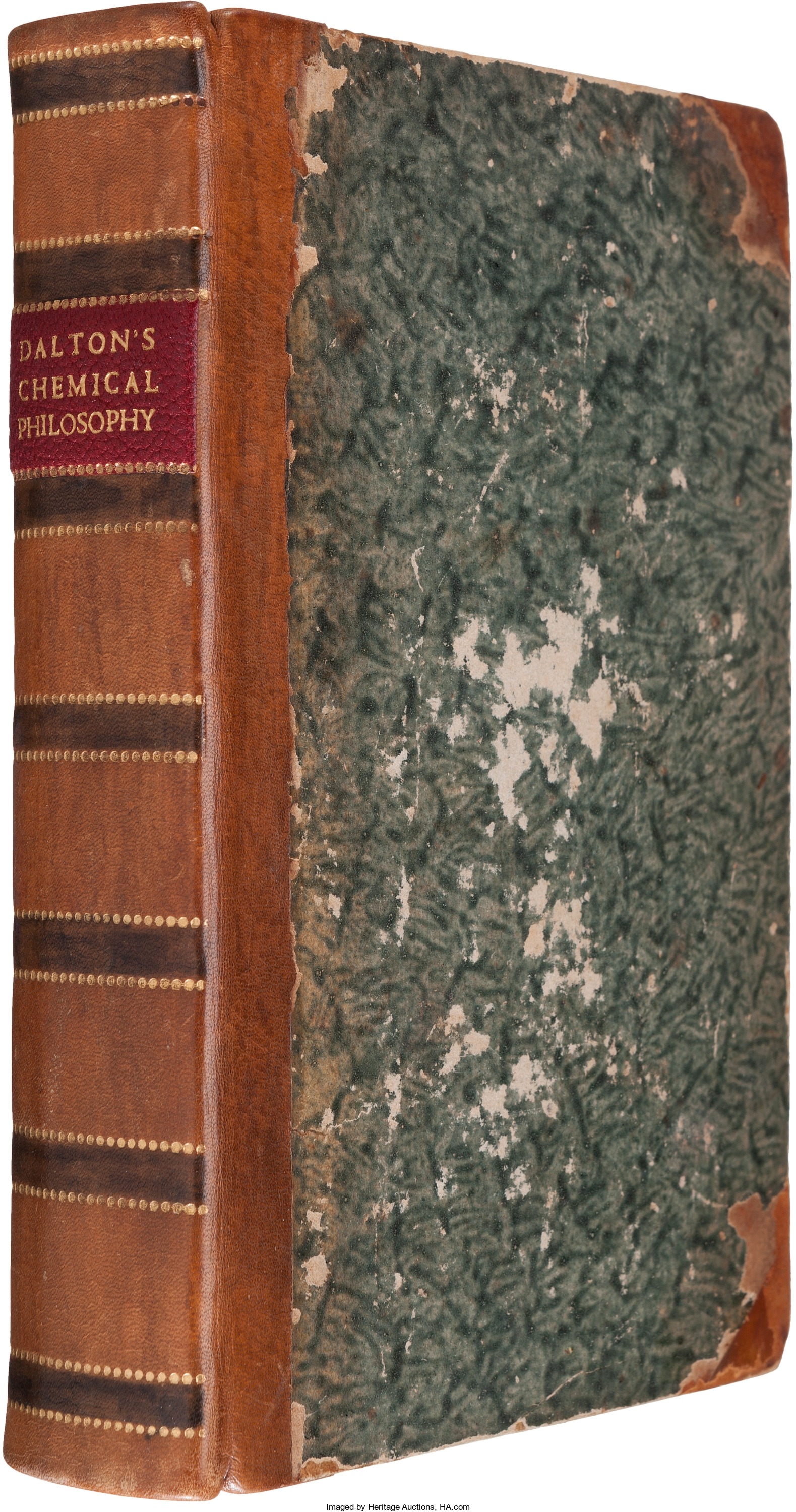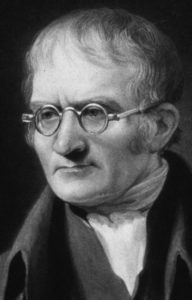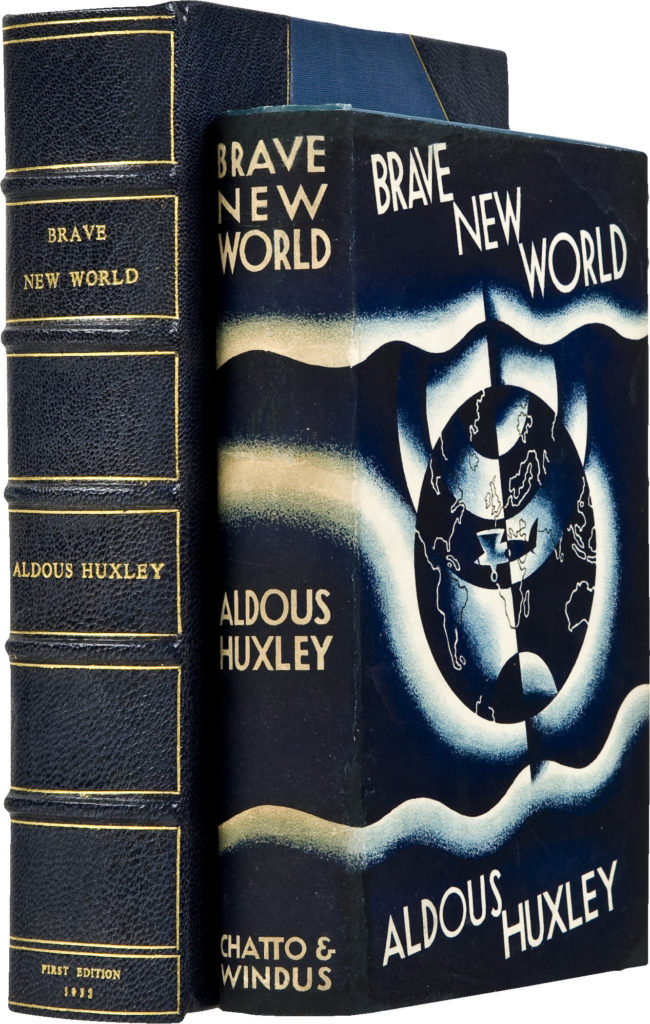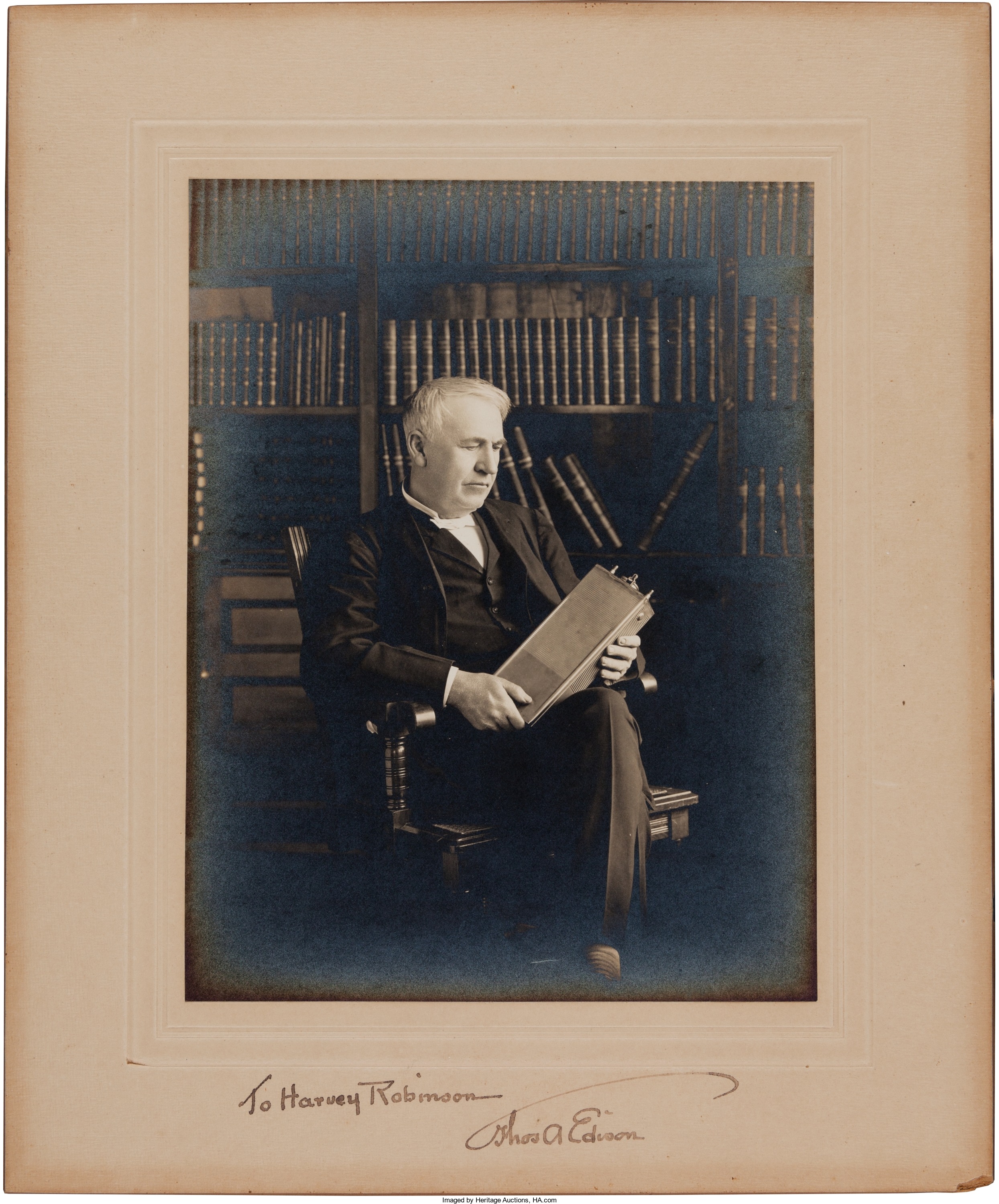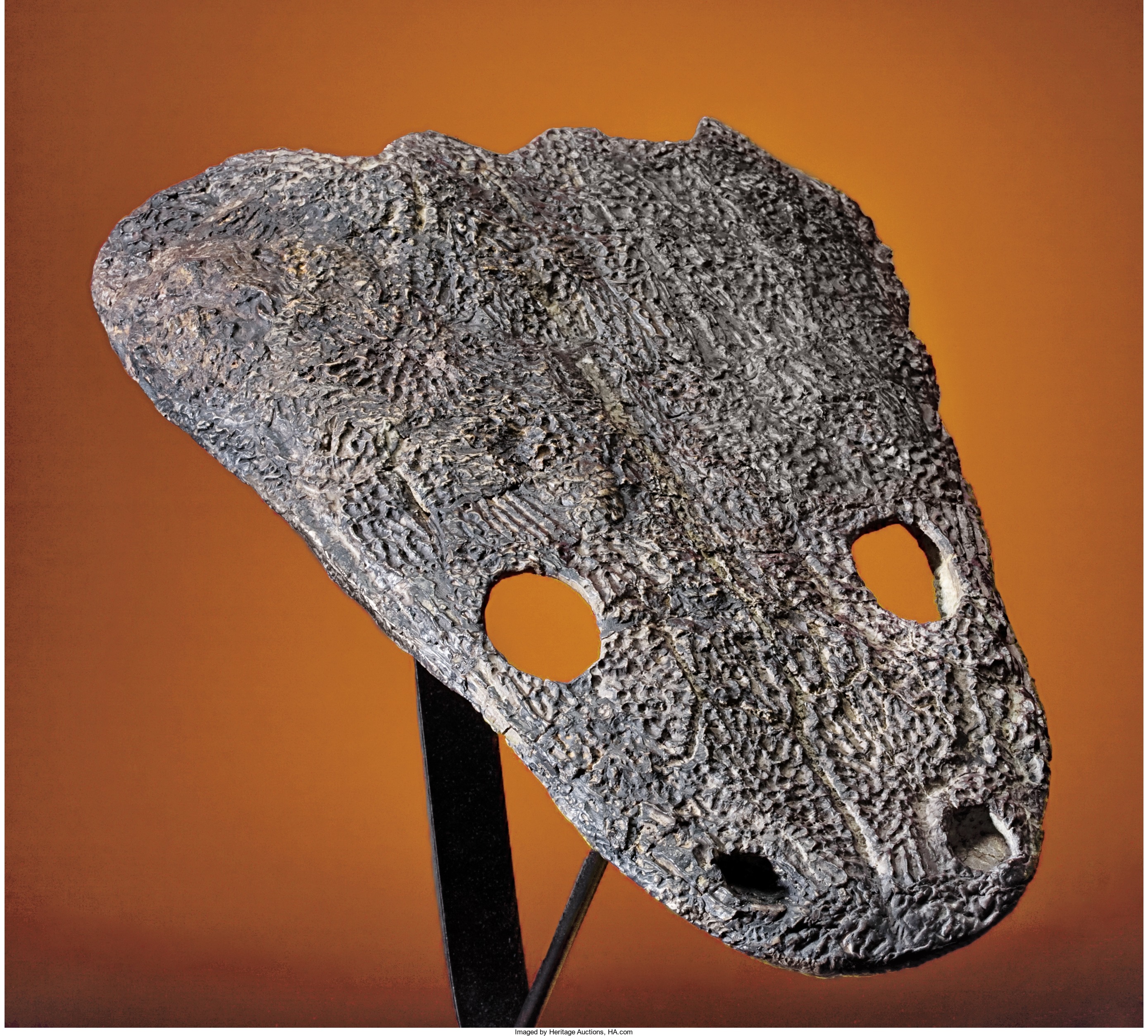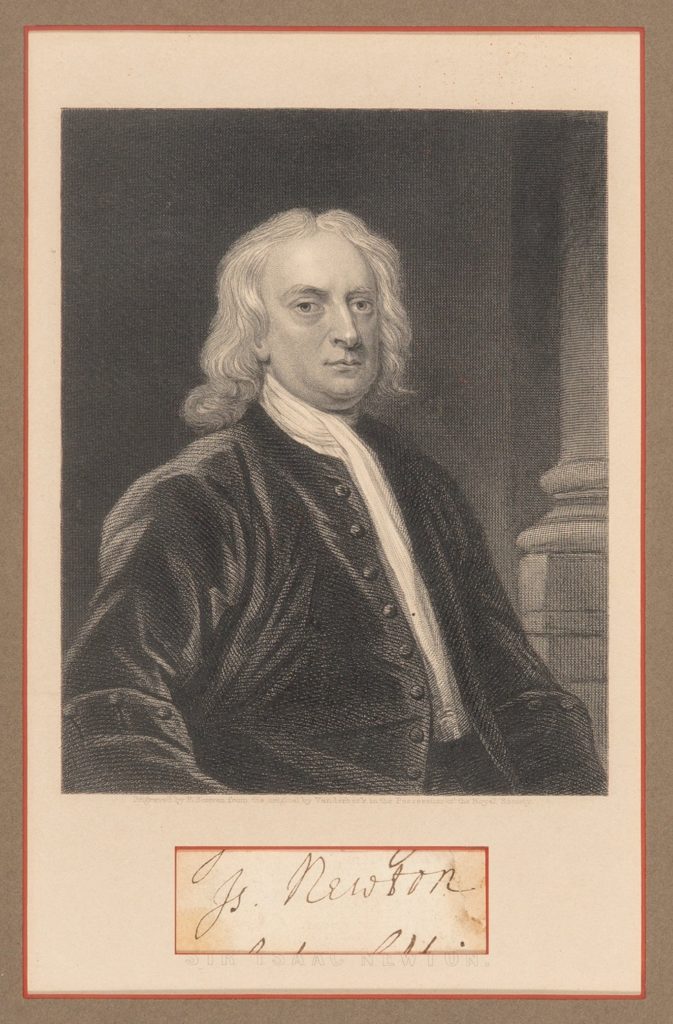
By Jim O’Neal
Charles Eliot was president of Harvard College from 1869 to 1909, taking charge at the surprisingly young age of 35. He made some surprising statements, too, starting with his inauguration speech. He matter-of-factly observed that the world knew very little about the natural mental capacities of women. Further, he plainly stated the university was not the place to be experimenting with that notion, and that women would not be admitted to the regular college. He was also concerned about women living near the university and the obvious implications of being near to male students. It was his firm belief that once society resolved issues of inequality, perhaps the issue would become clearer. However, even long after his retirement, he maintained his doubts, since women were “simply physically too fragile.”
Another insight into his perspective occurred when the school’s baseball team had a winning season. When he learned that one of the factors that contributed to this success was the use of the curve ball, he opined this was a skill that was surely unethical and certainly not appropriate for Harvard players.
Fortunately, this was not a systemwide ethos and he may have been unaware that one of his professors, Edward Charles Pickering (director of the Harvard College Observatory), fired his entire staff of men due to their apparent inability to stay up with all the data that was routinely generated. Instead, he simply hired his maid/housekeeper to handle the numbers, eventually hiring 80-plus women, who became better known as the Harvard Computers.
One of these women was a little-known Radcliffe College graduate named Henrietta Swan Leavitt, who was “allowed” to measure the brightness of stars using the observatory’s photographic plates (women were not allowed to actually operate the telescopes). Leavitt devised a novel way to measure how far certain stars were and expressed the values in “standard candles,” a term still in common use today. Another of the computers, Annie Jump Cannon, created a new system of stellar classifications. Together, their inferences would prove to be invaluable to answering two critical questions about the universe: How old is it and how big?
The man who came up with the answer using their inferences was lawyer-turned-astronomer Edwin Powell Hubble. He was born in 1889 and lived until 1953. When he sat down to peer through the Mount Wilson (Calif.) Observatory’s 100-inch Hooker telescope in 1917 (the world’s largest until 1949), there was exactly one known galaxy: our lonely little Milky Way. Hubble not only proved the universe consisted of additional galaxies, but that the universe was still expanding. How much credit was given to the Harvard Computers group is still an area of contention, but only to what degree their work represented in these new discoveries.
Hubble was a handsome, star athlete who won seven high school track events in one day and was also a skilled boxer. He never won a Nobel Prize, but won everlasting fame when NASA named their long-overdue space telescope in honor of his scientific contributions. The Hubble Space Telescope was launched into orbit on April 24, 1990, by the Space Shuttle Discovery. Since then, it has been repaired and upgraded five different times by American astronauts and the results have been nothing short of amazingly remarkable. NASA is now confident that before Hubble’s replacement in four to five years, they will be capable of looking back into deep space far enough to see the big bang that started everything 13.8 billion years ago.
For perspective, consider what has been learned since Sir Isaac Newton was born on Christmas Day in 1642, when the accepted theory was a heliocentric model of the universe with Earth and the other planets orbiting our Sun. It was similar to what Copernicus published at the end of his life in 1543. Since then, all the great scientific minds have been focused on our galaxy trying to prove the laws of motion, the theory of light and the effects of gravity on what they believed was the entire universe. All big, important concepts (but only as it relates to our little infinitesimal piece of real estate). And then along came quantum mechanics, which added the world of the very small with its atoms, electrons, neutrons and other smaller pieces too numerous to be named as we bang particles into each other to see what flies off.
What Hubble has gradually exposed is that we have been gazing at our navel while the sheer magnitude of what lies “out there” has grown exponentially – and there may be no end as the vastness of an expansionary universe continues to speed up. I seem to recall that some wild forecasters thought there might be as many as 140 billion galaxies in the universe. Now, thanks to Hubble and lots of very smart people, the number of galaxies may be 2 trillion! If they each average 100 billion stars, that means the number of stars is now 200 sextillion – or the number 2 followed by 23 zeros.
That is a big number, but what if we are living in a multiverse with as many as 11 more universes?
I recall a quote by Sir Isaac Newton: “To myself I am only a child playing on the beach, while vast oceans of truth lie undiscovered below me.”
Aren’t we all.
 Intelligent Collector blogger JIM O’NEAL is an avid collector and history buff. He is president and CEO of Frito-Lay International [retired] and earlier served as chair and CEO of PepsiCo Restaurants International [KFC Pizza Hut and Taco Bell].
Intelligent Collector blogger JIM O’NEAL is an avid collector and history buff. He is president and CEO of Frito-Lay International [retired] and earlier served as chair and CEO of PepsiCo Restaurants International [KFC Pizza Hut and Taco Bell].


